Search results for: “john rogers”
-
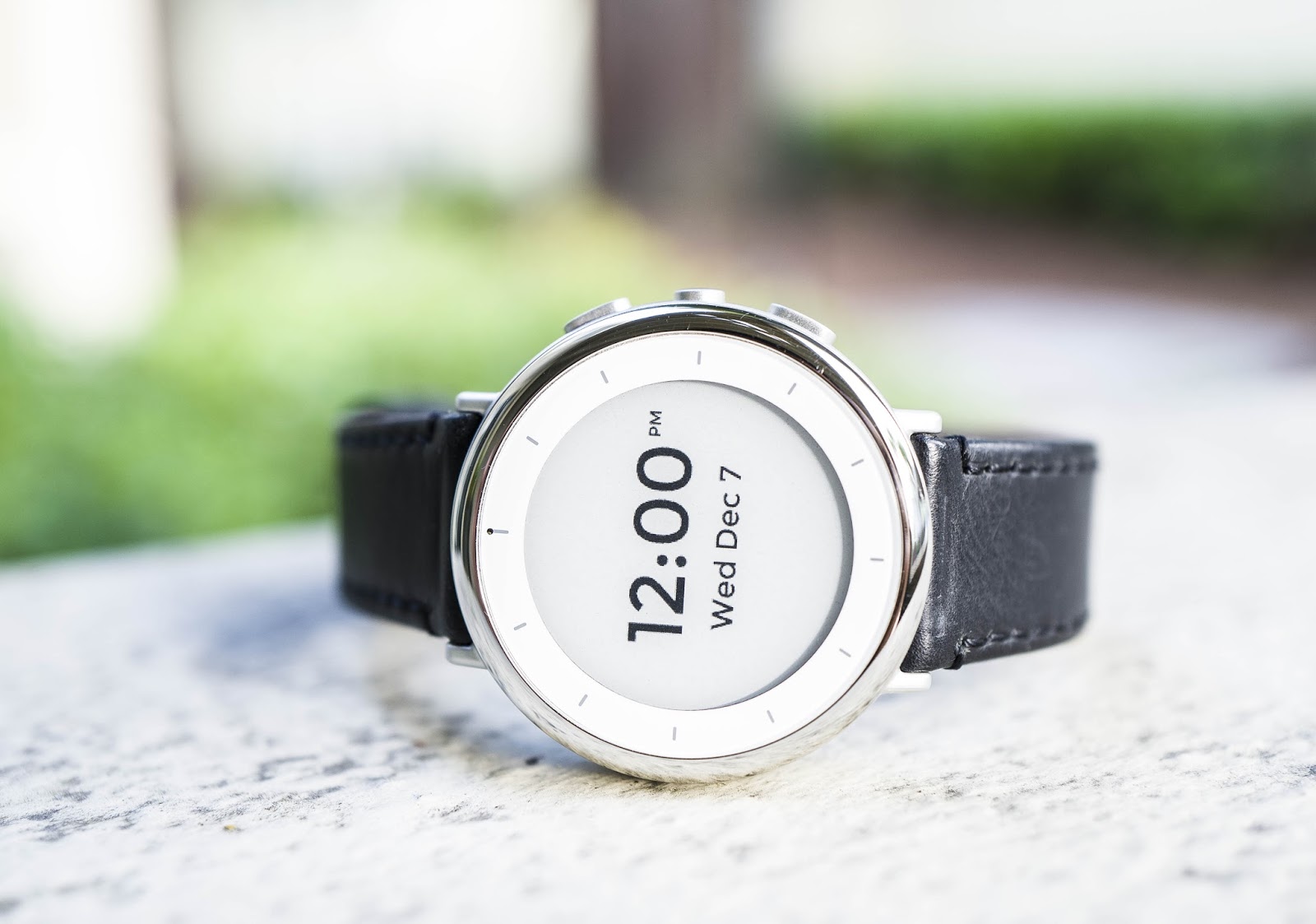
Verily’s health sensing research watch
The Verily Study Watch passively captures health data for continuous care platforms and clinical research. Key features described by the company include: Multiple physiological and environmental sensors are designed to measure relevant signals for studies spanning cardiovascular, movement disorders, and other areas. Examples include electrocardiogram (ECG), heart rate, electrodermal activity, and inertial movements. A long…
-
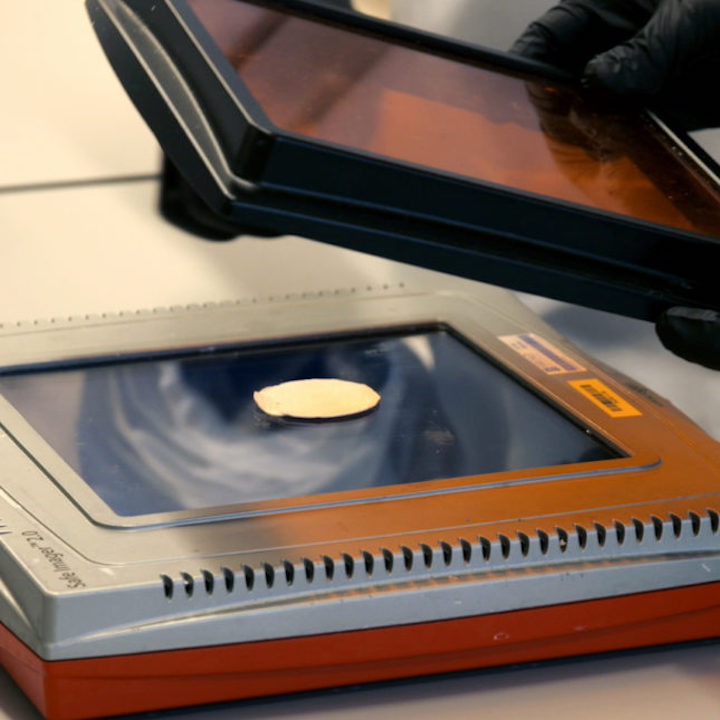
CRISPR platform targets RNA and DNA to detect cancer, Zika
Broad and Wyss scientists have used an RNA-targeting CRISPR enzyme to detect the presence of as little as a single target molecule. SHERLOCK (Specific High Sensitivity Enzymatic Reporter UnLOCKing) could one day be used to respond to viral and bacterial outbreaks, monitor antibiotic resistance, and detect cancer. Demonstrated applications included: Detecting the presence of Zika virus in…
-

Apple reportedly developing non-invasive glucose monitor
CNBC’s Christina Farr has reported that Apple has been quietly developing a non-invasive, sensor-based glucose monitor. The technology has apparently advanced to the trial stage. Diabetes has become a global epidemic. Continuous monitoring, automatic insulin delivery, and the “artificial pancreas” are significant steps forward, meant to control the disease, and avoid its debilitating side effects.…
-
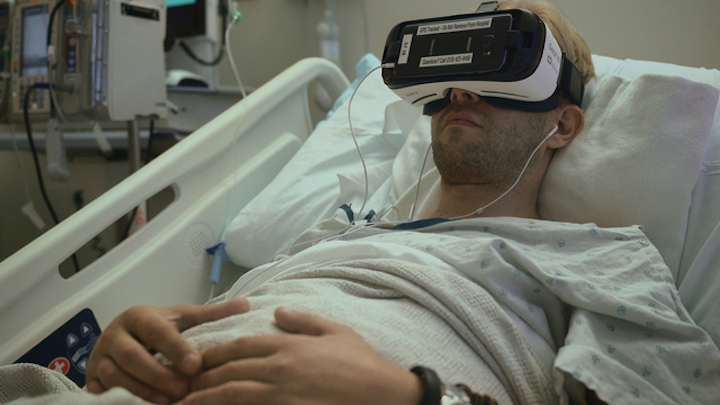
VR therapy could reduce acute and chronic pain
Cedars-Sinai’s Brennan Spiegel has published a study showing that VR therapy could reduce acute and chronic pain. 100 gastrointestinal, cardiac, neurological and post-surgical pain patients with an average pain score of 5.4 were included. Fifty patients watched a 15-minute nature video. Fifty patients watched a 15-minute animated game with VR goggles. The patients who watched…
-
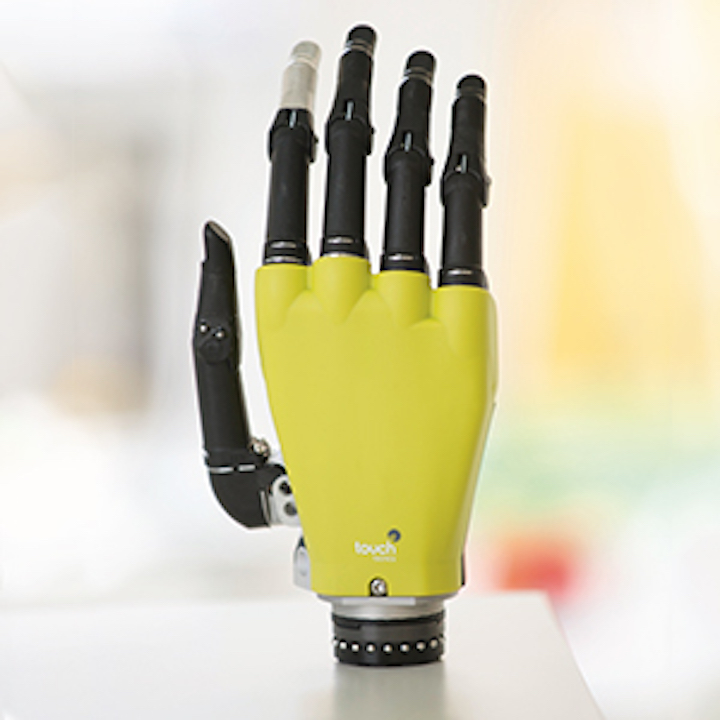
Solar powered, highly sensitive, graphene “skin” for robots, prosthetics
Professor Ravinder Dahiya, at the University of Glasgow, has created a robotic hand with solar-powered graphene “skin” that he claims is more sensitive than a human hand. The flexible, tactile, energy autonomous “skin” could be used in health monitoring wearables and in prosthetics, reducing the need for external chargers. (Dahiya is now developing a low-cost…
-
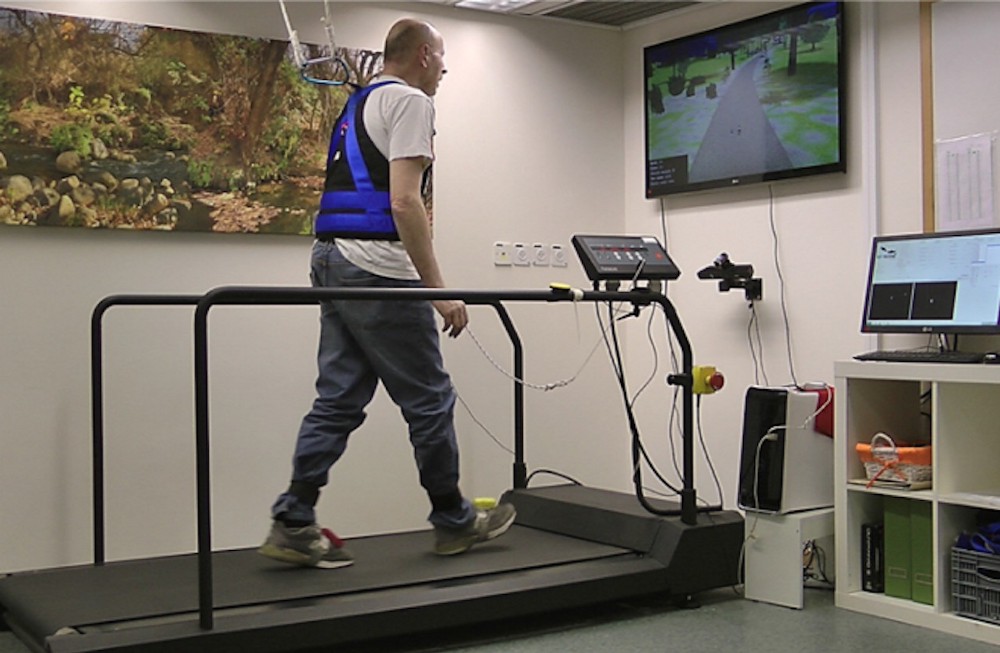
VR training to reduce falls in Parkinson’s, dementia
Tel Aviv University’s Jeff Hausdorff has created a virtual reality treadmill system in an attempt to prevent falls in Parkinson’s and dementia patients. Current interventions focus on improving muscle strength, balance and gait. By integrating motor planning, attention, executive control and judgement training, using VR, therapies can also address the cognitive issues associated with falls. In…
-
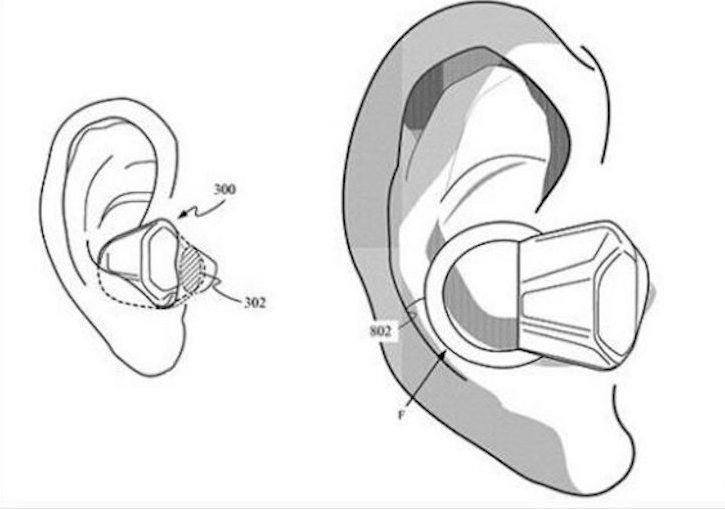
Future hearable sensors could track physical, emotional state
Apple has filed patent applications describing wireless earbuds that monitor health while a wearer talks on the phone or listens to music. This has obvious exercise-related implications, but could potentially track the physiological impact of one’s emotional state while making calls, as a mobile mental health tool. Sensors included in the patent include EKG, ICG,…
-
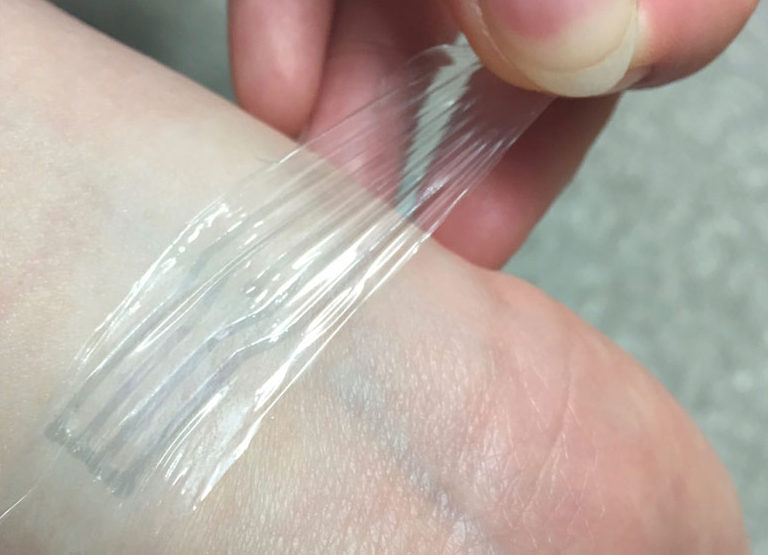
Soft, flexible “skin-like” electrodes could improve brain interfaces
Stanford professor Zhenan Bao‘s latest flexible electronic initiative is the development of a plastic electrode that stretches like rubber but carries electricity like wires. This could be improve implanted brain interfaces which require soft and highly sensitive materials. In a recent paper, Bao’s team describes the chemical modification of brittle plastic to make it highly bendable, while…
-
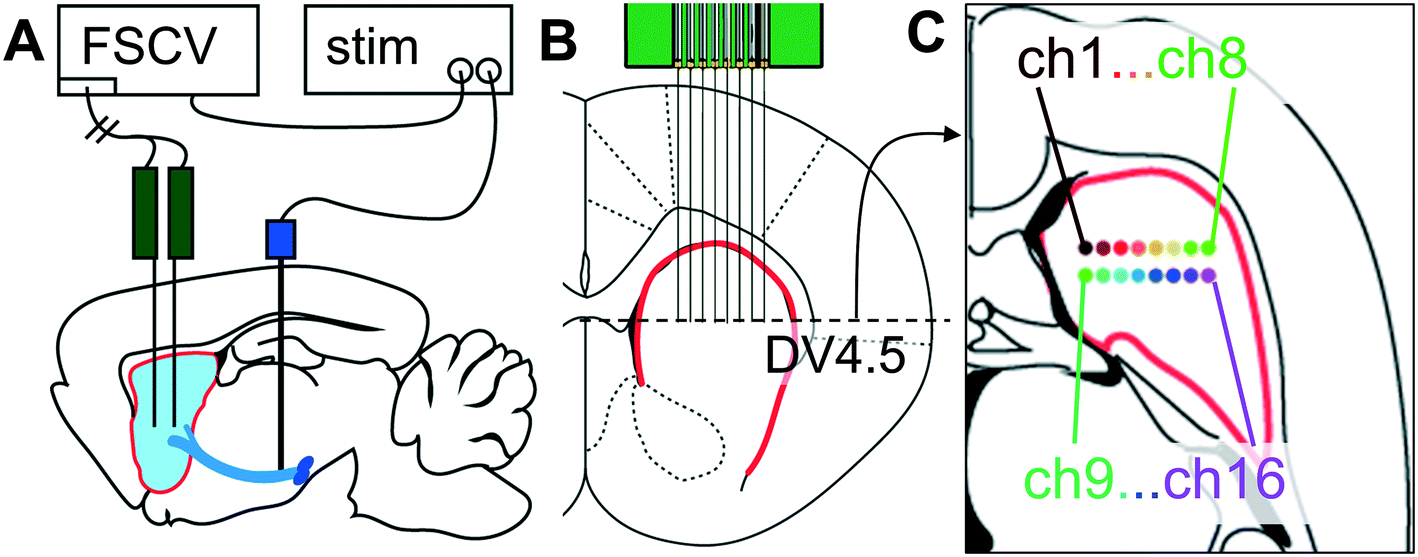
Carbon electrode technique tracks dopamine in the brain
Michael Cima and MIT colleagues have developed a more precise tool to measure dopamine in the brain, to be able to study its role in in learning, memory, and emotion. The new carbon electrode based technique can cover more of the brain, and provide longer, more accurate neurotransmitter readings, than previously possible. The goal is…
-
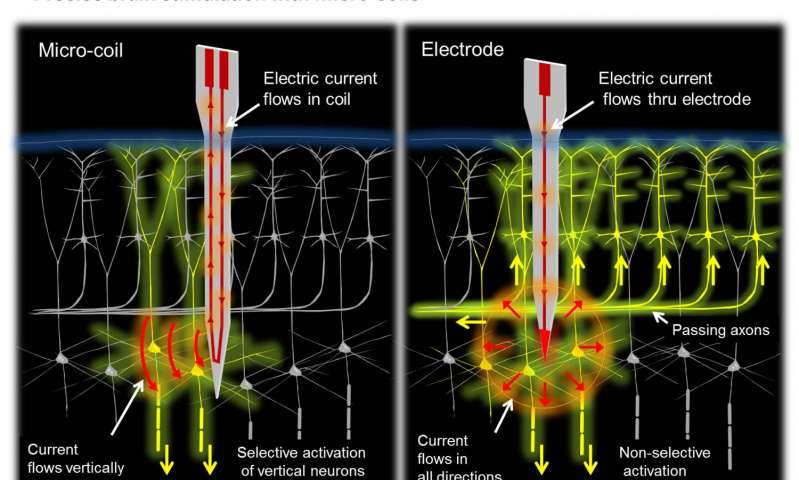
Magnetic coils might improve neural prostheses
Neocortex stimulation is used to treat neurological disorders, including Parkinson’s disease and paralysis. Current electrode-based implants have limited efficacy. It is difficult to create precise patterns of neural activity, or to achieve consistent responses over time. This can be addressed by magnetic stimulation, but until now, coils small enough to be implanted into the cortex…
-
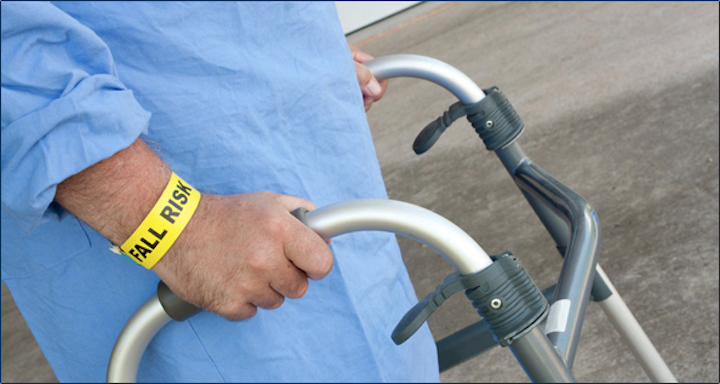
Sensors inform skilled nursing care
IBM has partnered with Avamere skilled nursing facilities to sudy the use of cognitive computing to improve caregiver knowledge and actions. By embedding sensors that gather physical and environmental data in senior living facilities, Avamere hopes to reduce hospital admission rates. Patient movement, air quality, gait analysis and other fall risk factors, personal hygiene, sleeping…
-
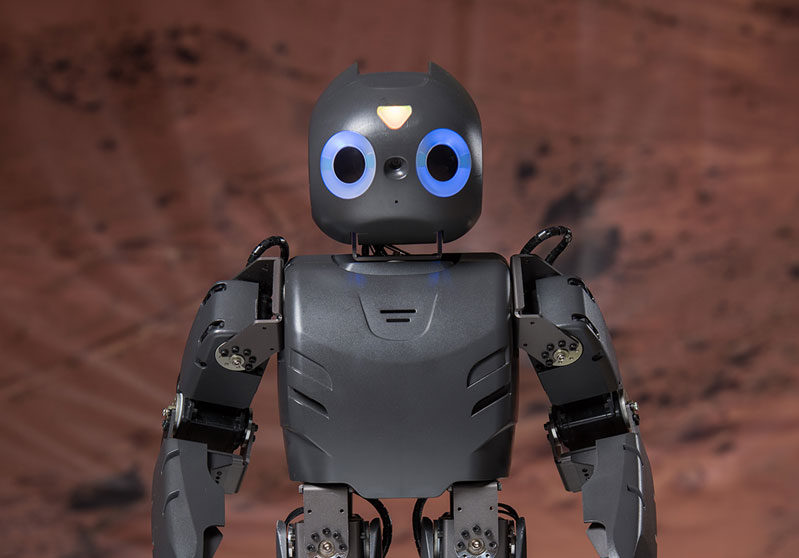
Robots support neural and physical rehab in stroke, cerebral palsy
Georgia Tech’s Ayanna Howard has developed Darwin, a socially interactive robot that encourages children to play an active role in physical therapy. Specific targeting children with cerebral palsy (who are involved in current studies), autism, or tbi, the robot is designed to function in the home, to supplement services provided by clinicians. It engages users…